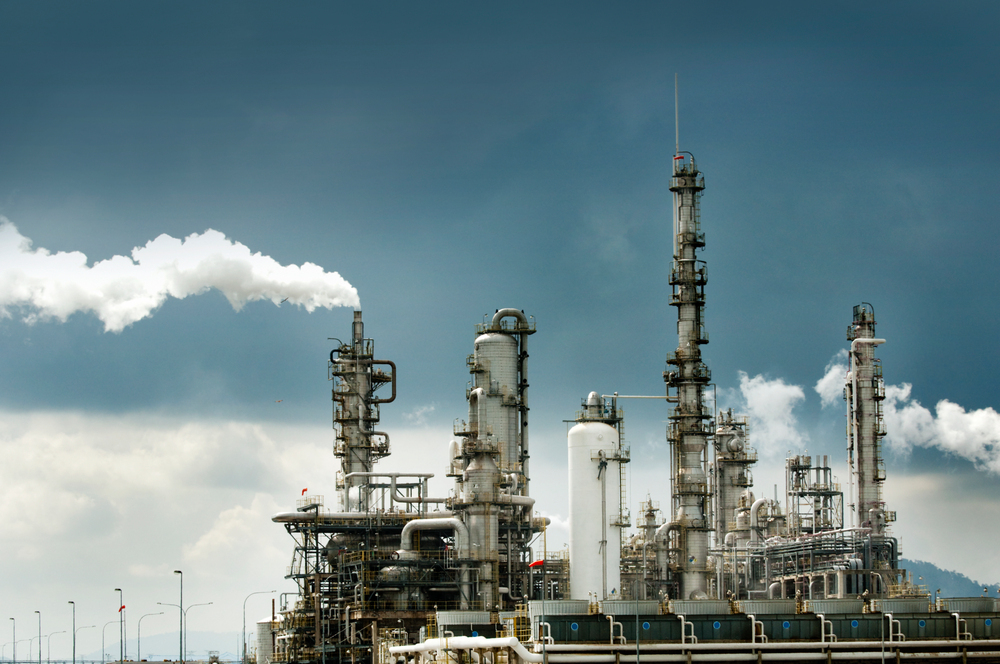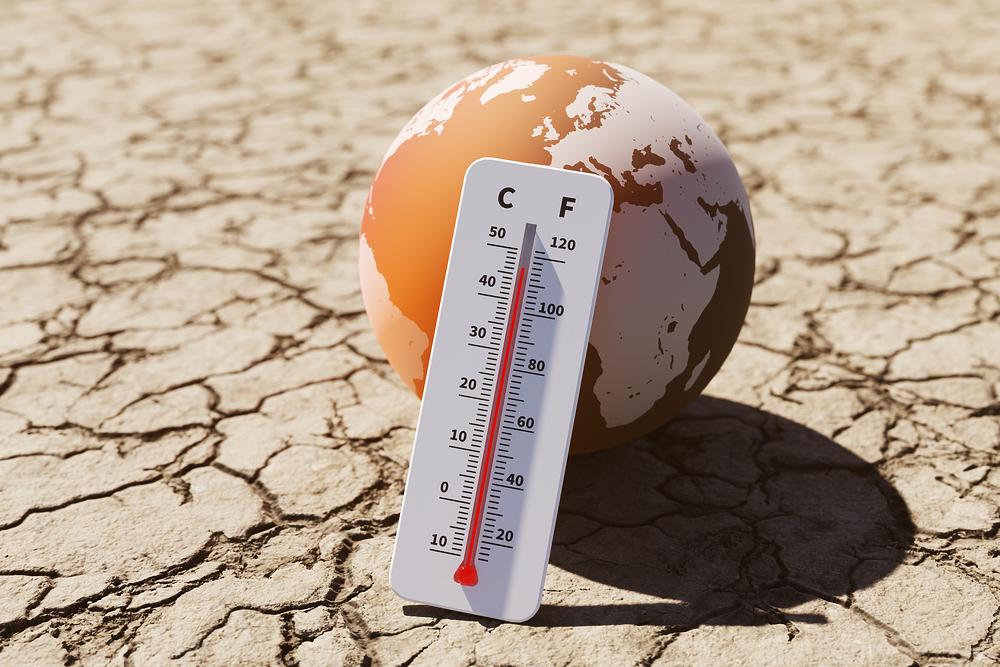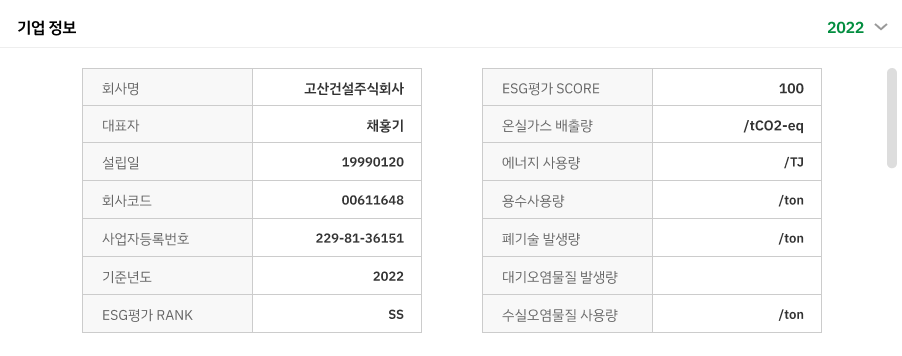블로그

EU-led Carbon Border Adjustment Mechanism (CBAM)
The Carbon Border Adjustment Mechanism (CBAM) is a tariff on goods produced and imported from countries with high carbon dioxide emissions. An environmental scheme in the form of tariffs that is being spearheaded by the Joe Biden administration in the United States and the European Union (EU). This is a new scheme to meet the EU’s goal of reducing carbon emissions by at least 55% by 2030 (compared to 1990) and becoming climate neutral by 2050.

■ When will the Carbon Border Adjustment Program begin?
Organizations also need time to adjust to the new regime. That’s why the Carbon Border Adjustment Scheme will be introduced gradually and in stages to help companies prepare for the obligation to calculate their embedded emissions and purchase carbon credits.
| October ’23 to December ’25 | Since ’26 | ‘Until 35 |
|---|---|---|
|
Imposing only inward export reporting obligations to prepare for a smooth transition for initial non-EU countries. January 31, 2024 Submit your first report (Oct-Dec 23) |
With full CBAM implementation, importers will begin purchasing carbon credits at the same time as traditional internal emissions reporting. | CBAM will gradually replace existing EU mechanisms related to carbon emissions, in particular the EU Emissions Trading System. |
■ Carbon border adjustment schemes that have already started
Carbon borders are not a distant dream. As early as last October, I was required to submit an Internal Revenue Report. Internalized emissions reporting is when an importer reports internalized emissions for imports without purchasing carbon credits, for specific product groups deemed to have the greatest risk of carbon leakage. Reporting is done on a quarterly basis, with reports due within one month of the end of each quarter.
■ Carbon Border Adjustment Program, what happens if I don’t participate?
The transition period for reporting domestic production will be through the end of 2025. Starting in 2026, when the Carbon Border Adjustment Scheme is fully implemented, importers will be subject to a carbon tax by purchasing carbon emission certificates corresponding to their carbon emissions. In addition, if you fail to meet your domestic emissions reporting obligations during the transition period or fail to comply with requests for inaccurate/incomplete reporting and corrections, you may be subject to penalties of up to approximately $70,000 (€10-50) per ton of emissions, with penalty surcharges for continued non-compliance or non-compliance.

Climate action is an economic imperative for industry
South Korea is one of the countries with a high percentage of manufacturing exports. The reality is that if we don’t start preparing now, in two to three years from now, this “additional tariff” will cut into our profits and have a direct impact on our national economy.

